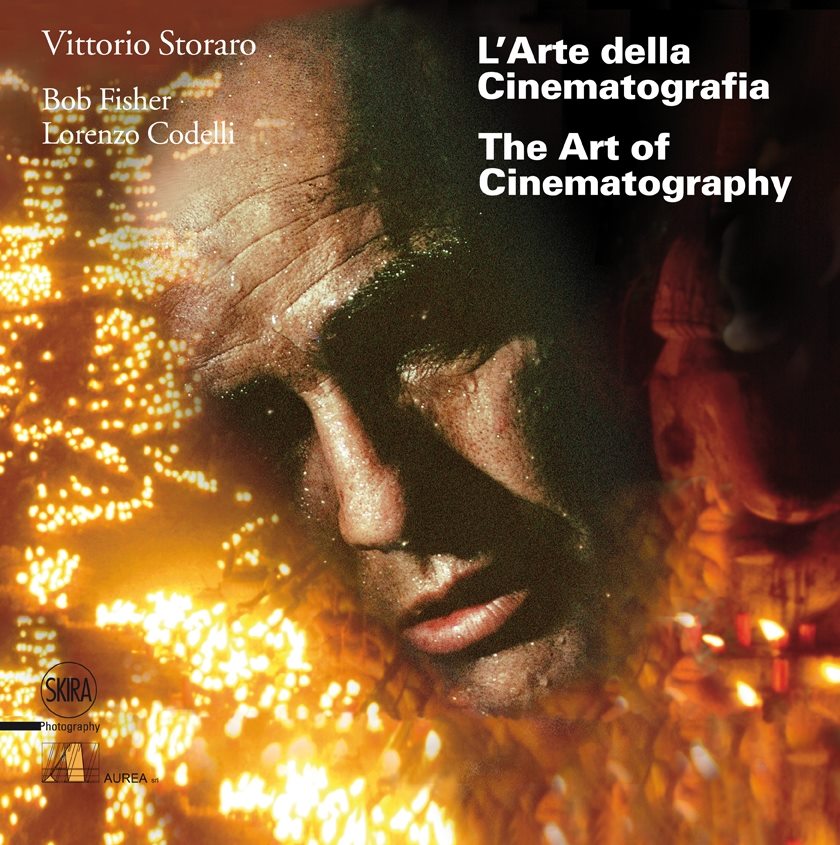
Published by Skirà, this volume underlines the fundamental importance of the author of cinematographic photography in the history of cinema worldwide. A great figurative work that, for the first time, proposes a reinterpretation of the Seventh Art through the eyes of the most important authors of cinematographic photography in the world, in an original vision of the masterpieces of cinema of all time. A rich overview, almost a catalog of the fundamental films of world cinema from 1910 to the present day, drawing one hundred and fifty profiles of cinematographers. Great personalities who made people dream and taught them to love the Art of Cinematography. In essence, a tribute from the writers of light to the writers of light. Illustrated with photographic images in double vision, specially reworked by the curator, Vittorio Storaro, the volume is written by Lorenzo Codelli and Bob Fisher and is enriched by contributions from Luciano Tovoli, Gabriele Lucci and Daniele Nannuzzi. Attached to the book is the DVD “Videopedia” with motion pictures from 150 films that have made the history of cinema, edited by Daniele Nannuzzi with an original soundtrack by Francesco Cara.
Introduction to the “Videopedia” soundtrack
Realizing something original to restore, even if only in part, the sound emotions linked to images that have made the history of cinematography is an arduous task. We are in fact in front of a wide collection of different characters, stories and situations, realized in different space-time contexts. This heterogeneity translates into a rhythmic sequence of images that finds its organicity through the musical reading of more than one hundred years of cinematography. Hence the idea of organizing the sound materials – melodic fragments, rhythmic and timbral elements – creating a compositional pathway in which the listener finds known cues, sometimes incomplete, that recall some famous pieces related to the films. The musical discourse is based on an original theme which has been taken up and adapted several times, as if to symbolize the composer’s personal “journey” through some of the most famous “soundscapes” of cinema.


